
It has been a turbulent time in the cryptocurrency markets recently. With the macro climate worsening to the point that we have more bearish sentiment than at any time since the Great Financial Crisis, coupled with the now-infamous UST debacle that saw a stablecoin worth $18 billion vanish into thin air, investors are fighting an intensely risk-off environment.
It is precisely this environment that highlights how vital diversification and portfolio allocation is. This is part of the thesis behind Exotic Markets, who we interviewed last week following the launch of a Dual Currency Note (DCN) on the Solana network. In short, this product allows investors to generate yield by selling upside.
Investors receive upside in their preferred currency, while avoiding the need for wrapped tokens or alternative assets. To get a real insight into the process, as well as various other topics, we sat down with Joffrey Dalet, Founder Exotic Markets.
The full interview is below.
CoinText (CT): You mention in the press release this will “rekindle overall interest in cryptocurrencies following the recent Terra-UST debacle” – how much of a blow to the industry do you believe this incident was?
Joffrey Dalet (JD): The blow to sentiment has been severe and there may still be second-degree effects such as pressure on other stablecoins. However, this will also provide opportunities, especially in the structured products space. When people lose confidence in market direction, they are more likely to seek yield from alternative sources and that is exactly what Exotic Markets is offering.
CT: Are you apprehensive about the timing of this launch, so soon after the meltdown and with overall markets in a steep downward trend?
JD: Bear markets are a great time to build. Most of the best projects in the blockchain industry were built during the 2018 crypto winter. And our private sale participants are some of the most solid and supportive institutions we could ever wish for.
CT: The release states that “for instance, a Solana holder can invest in a Dual Currency Note and receive their upside in bitcoin. There is no need for alternative assets or wrapped tokens”. Can you please explain what the advantage to pursuing this route is over physically buying the bitcoin with the desired exposure?
JD: There may have been some confusion but in our DCN products, you receive your yield in the deposited token. In this case, the investor would receive their yield in SOL for exposure to the performance of SOL/USDC.
CT: Your belief in Solana is absolute, judging from your statement – “even in the current landscape, there is a real chance a new all-time high price will be recorded relatively soon”. What makes you think this all-time high can be achieved soon, which would reflect nearly a 6X from the current price?
JD: We plan for the worst and hope for the best. The team is well funded and can continue building through a crypto winter. Our team is also experienced enough to have witnessed these cycles before. Historically, the blockchain industry has managed to escape crises stronger than ever before.
CT: Do the repeated outages on Solana concern you at all?
JD: Yes, we are concerned. There have also been other concerns than outages. For example, we have experienced challenges working with bridges for wrapped assets. The fact is that every blockchain has tradeoffs and Solana on the whole is still one of the best.
CT: Rewarding users with yield in the currency they already own definitely makes sense. Can you please give a little more detail to readers on where the yield is actually sourced from?
JD: Yield is sourced from selling optionality. Selling options can be a very scary thing for the average user and requires a steep learning curve to master. Structured products remove the layer of complexity by packaging the product into a simple note. And this yield is sustainable because it involves a tradeoff such as limiting upside potential.
CT: If this downturn is maintained for a longer time frame and turns into a sustained bear market, how do you expect to perform, and what do you expect to see from the wider cryptocurrency market?
JD: A downturn could benefit Exotic Markets for two reasons.
-
During sustained bear markets, people stop making directional bets and start hunting for yield instead. This is exactly what happened to Japan when the bubble burst in the early 1990s. Structured products can offer enhanced and sustainable yield because it involves some sort of tradeoffs. In effect, people are selling optionality and that translates into yield.
-
DeFi has been in a downturn for 7 months already and total value locked has been flat versus March 2021 levels. Meanwhile, structured products platforms have displayed tremendous resiliency. For example, Ribbon Finance has accumulated $75m worth of TVL over this period. Structured products can excel even during tough times.
CT: What is the biggest risk to investors looking to pursue these DCNs?
JD: There are lots of risks. Like the rest of DeFi, there is smart contract risk. There is also the risk of currency moves impacting the value of the base asset. Volatility has its own volatility and that may impact the yield that structured products can offer. There is even the risk that structured product sellers fail to provide a fair price to the buyers.
[flexi-common-toolbar] [flexi-form class=”flexi_form_style” title=”Submit to Flexi” name=”my_form” ajax=”true”][flexi-form-tag type=”post_title” class=”fl-input” title=”Title” value=”” required=”true”][flexi-form-tag type=”category” title=”Select category”][flexi-form-tag type=”tag” title=”Insert tag”][flexi-form-tag type=”article” class=”fl-textarea” title=”Description” ][flexi-form-tag type=”file” title=”Select file” required=”true”][flexi-form-tag type=”submit” name=”submit” value=”Submit Now”] [/flexi-form]
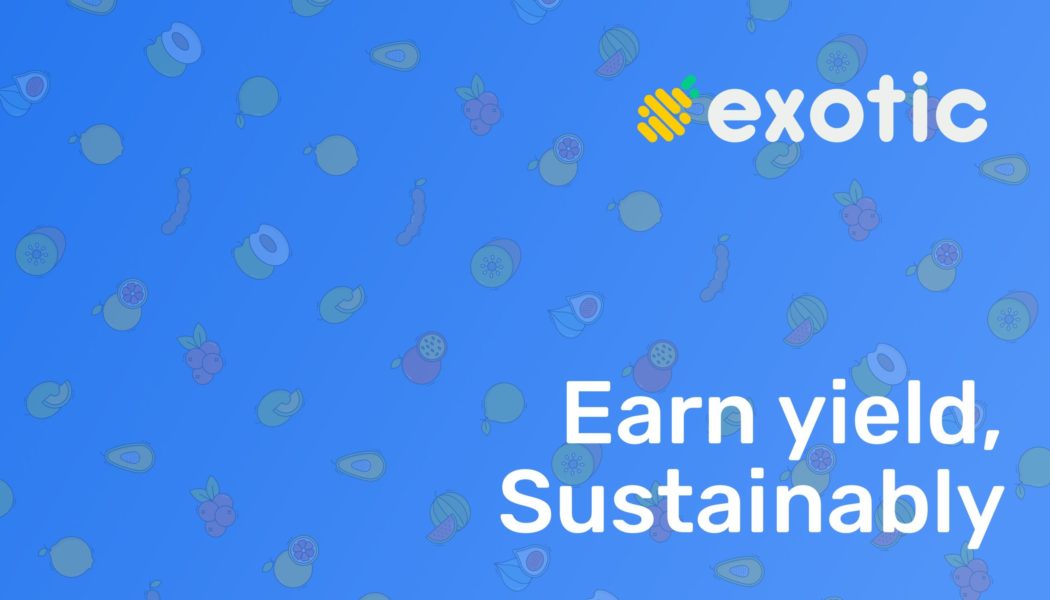



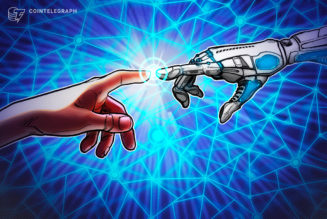
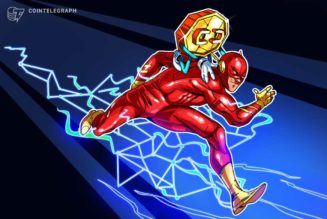
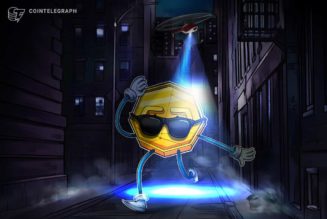
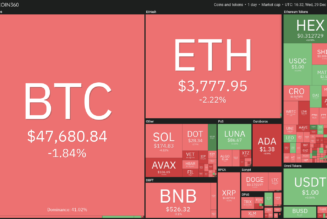
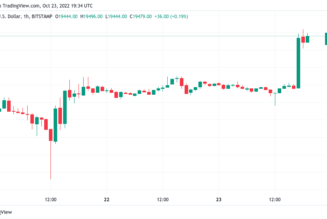
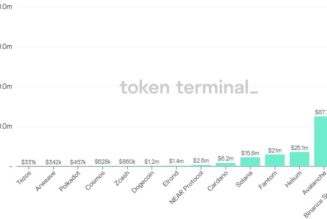
Tagged: crypto blog, Crypto news, cryptocurrency, DeFi, interview, Solana